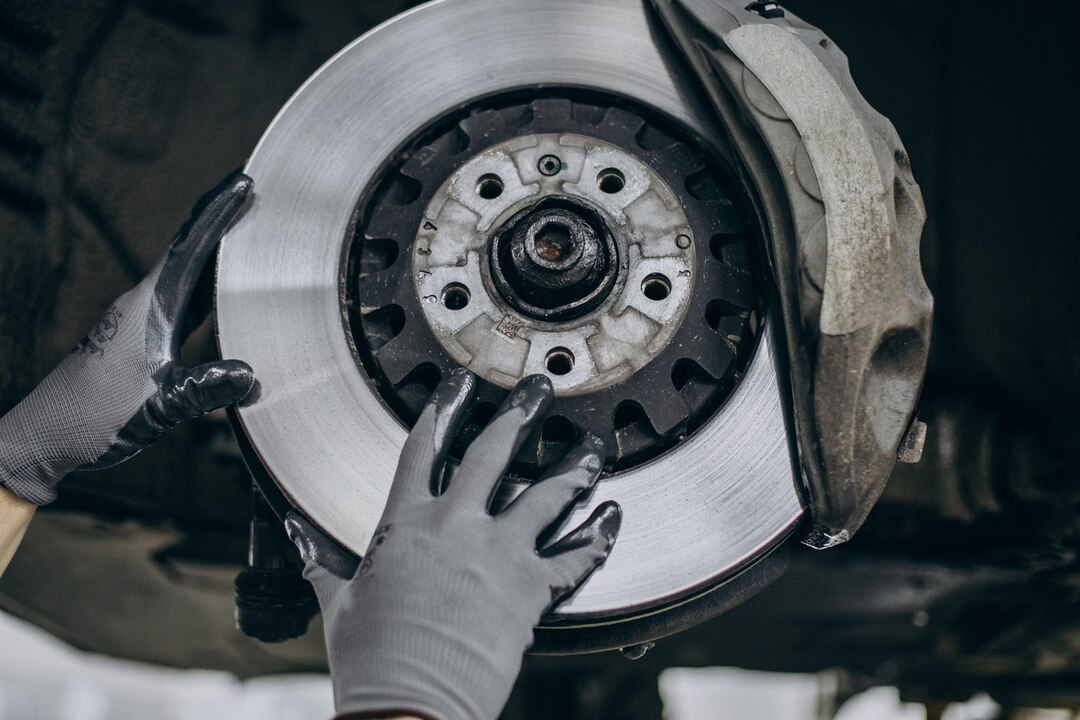The braking system is arguably one of the most critical components of any vehicle, ensuring safety and control during operation. Over the years, automotive engineers have developed various types of braking systems, each with its own unique characteristics and advantages. Understanding the different types of car braking systems can help drivers make informed decisions about their vehicles and maintenance needs. Let’s delve into the diverse world of car braking systems:
Conventional Hydraulic Brakes:
- Conventional hydraulic brakes are the most common type found in modern vehicles.
- They rely on hydraulic fluid pressure to transmit force from the brake pedal to the brake calipers, which then clamp down on the brake rotors to slow or stop the vehicle.
- This type of braking system offers reliable performance and is relatively easy to maintain.
Anti-lock Braking System (ABS):
- ABS is a safety feature that prevents the wheels from locking up during braking, allowing the driver to maintain steering control.
- It works by rapidly modulating brake pressure to each wheel, reducing the risk of skidding on slippery or uneven surfaces.
- ABS is now a standard feature in most modern vehicles and has significantly improved overall braking performance and safety.
Electronic Brake-force Distribution (EBD):
- EBD is a system that automatically adjusts the distribution of braking force to each wheel based on factors such as vehicle load and road conditions.
- By optimizing brake force distribution, EBD helps improve stability and control during braking, especially in emergency situations or when carrying heavy loads.
Regenerative Braking:
- Regenerative braking is a technology commonly found in hybrid and electric vehicles.
- It harnesses the kinetic energy produced during braking and converts it into electrical energy, which is then stored in the vehicle’s battery for later use.
- Regenerative braking helps improve fuel efficiency and extends the range of electric vehicles by recapturing energy that would otherwise be lost as heat.
Drum Brakes:
- Drum brakes, also known as drum-in-hat brakes, feature brake shoes that press against the inner surface of a drum attached to the wheel hub.
- While less common in modern vehicles, drum brakes are still used in some applications, such as the rear brakes of smaller cars and certain light-duty trucks.
- Drum brakes are generally less expensive and simpler in design compared to disc brakes, but they may offer inferior performance in terms of heat dissipation and stopping power.
Disc Brakes:
- Disc brakes use calipers to squeeze brake pads against a rotating disc (rotor) attached to the wheel hub.
- They offer superior performance compared to drum brakes, providing better heat dissipation and shorter stopping distances.
- Disc brakes are the preferred choice for most vehicles, especially those with higher performance or towing capabilities.
Carbon-ceramic Brakes:
- Carbon-ceramic brakes are high-performance braking systems commonly found in sports cars and supercars.
- They utilize carbon fiber-reinforced ceramic discs that offer exceptional heat resistance and durability, making them ideal for demanding driving conditions.
- While more expensive than traditional steel disc brakes, carbon-ceramic brakes provide superior performance and longevity, making them a popular choice for enthusiasts and racing applications.
In conclusion, the braking system is a fundamental aspect of vehicle safety and performance, and understanding the different types of car braking systems can help drivers make informed decisions about their vehicles. Whether it’s the reliability of hydraulic brakes, the safety benefits of ABS and EBD, or the high-performance capabilities of carbon-ceramic brakes, each braking system has its own unique advantages and applications. By staying informed about braking technology, drivers can ensure they have the right braking system for their driving needs and preferences.











